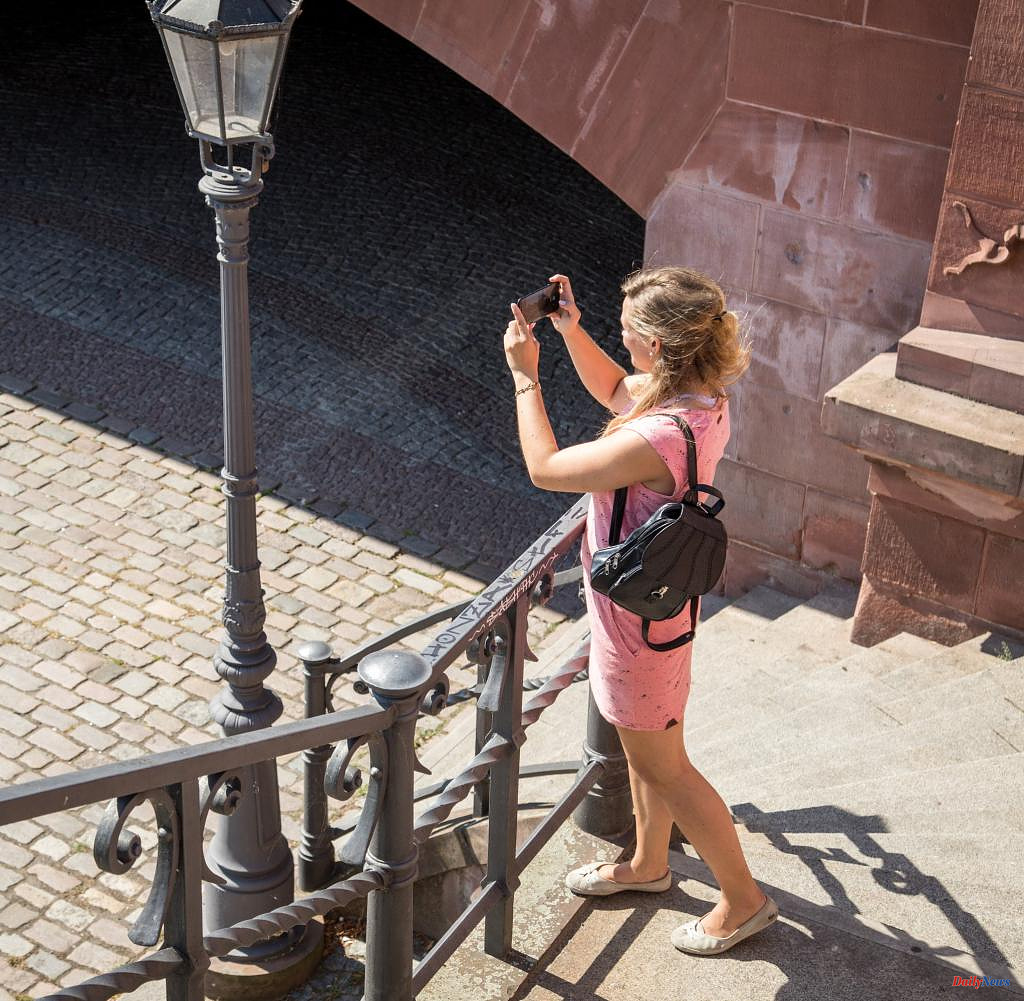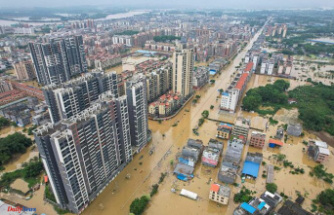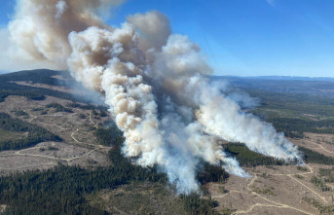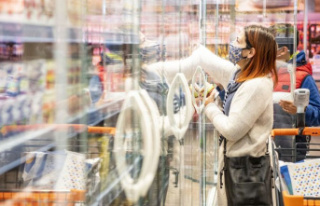If the photographer likes to look at holiday pictures again and again, they are successful. But can the probability be reduced that mostly lousy snapshots are taken when traveling, which disappear unseen in smartphones or cameras? Professionals say: yes.
One of the most important milestones on the way to photographic success is thinking about what should actually be photographed. "The biggest mistake you can make as a photographer is just taking snaps instead of taking pictures," says Sebastian Ritter from the online travel magazine "22places".
Discovering a motif and then pointing the camera at it is not enough: "This results in pictures that are boring and leave no impression," says Ritter, who is a passionate travel photographer himself. Instead, you should pause for a moment and consider how and with which focus you can best stage the motif.
Charlott Tornow from the online magazine “Reisevergnügen” also knows that a good holiday photo takes work: “You have to ask yourself: What is my unique perspective on the world? What do I want to show people? And then you have to search. A good holiday photo rarely just runs in front of the lens.”
It's better to ask yourself what story you want to tell with your photos. During a stay in Rome, for example, you can capture how the Romans live and photograph them in their everyday lives, says Tornow. "Something very banal can seem super interesting if I think about the story behind it beforehand."
The following applies: "The most beautiful photos are those that reflect a mood, evoke emotions in me and raise questions," says Tornow. Helpful in this context: Do not photograph what everyone else is snapping.
But a classic motif can also be interesting. And that is when you have a different or new perspective on it. For example, in Rome you could photograph people throwing coins into the Trevi Fountain instead of just capturing the fountain itself.
Sebastian Ritter recommends leaving the tourist trail for exciting and beautiful motifs: "Of course, the famous sights shouldn't be missing, but the interesting pictures are often different".
The really special, authentic motifs tend to be found away from the tourist classics: laundry stretched across an alley or the old motor scooter on the wall of a house.
But even the most beautiful motif looks boring if it is poorly staged, for example if it is right in the middle of the picture. That is why image composition is essential. "One simple trick is the rule of thirds," explains Ritter. The picture is mentally divided with four lines into a grid of nine equal parts and the main motif is positioned on the cutting edges and points.
Practical: With many smartphones and cameras, such a grid can be displayed. Just look in the settings.
And then there was the light. The most beautiful time is during the blue and golden hours, i.e. the times just before and just after sunset, explains Ritter. The same applies to the sunrise: "Early risers also have the advantage that they can often take pictures all by themselves in otherwise crowded places."
However, light can also be included directly in the picture: "Especially in the city, in high-rise canyons, light-shadow games can be extremely exciting," says Charlott Tornow.
In cities, one can also play with the perspective by aligning the camera with the vanishing lines between the rows of houses. Experiments with a frog or bird's eye view are also often worthwhile.
You can also give subjects a frame: "Instead of just photographing the Eiffel Tower from my hotel window, I then go back a few steps and capture the Eiffel Tower in the window frame," explains Tornow.
She advises taking inspiration from pictures taken by other photographers: "If I really like a photo, I always analyze why that is and then try to reproduce it."
If you move away from the automatic to manual settings, you can implement many photo tricks and tips even more purposefully. This mainly applies to cameras, although more and more smartphones offer manual camera modes. What ISO, exposure time and aperture do:
The ISO value indicates the sensitivity of the exposure sensor - the darker it is, the higher the ISO value must be set. At the same time, however, the image noise also increases as the ISO value increases: "That means it becomes pixelated," explains Charlott Tornow.
If you want to prevent this, you can choose a longer exposure time instead of increasing the ISO value so much. More light falls on the camera's sensor: "You use that at night, for example, if you want to photograph a starry sky," says Tornow. A tripod is also necessary for this, because nobody can hold the camera still for that long.
The aperture can in turn influence the depth of field. "At a low aperture you have an extremely sharp foreground and a very blurred background," explains Tornow. This is mainly used for portraits or to bring certain objects in the picture to the fore.
On the other hand, if you want to photograph landscapes, for example, everything should usually be sharp - a high aperture value is required here.
"Everything on shares" is the daily stock exchange shot from the WELT business editorial team. Every morning from 7 a.m. with the financial journalists from WELT. For stock market experts and beginners. Subscribe to the podcast on Spotify, Apple Podcast, Amazon Music and Deezer. Or directly via RSS feed.












